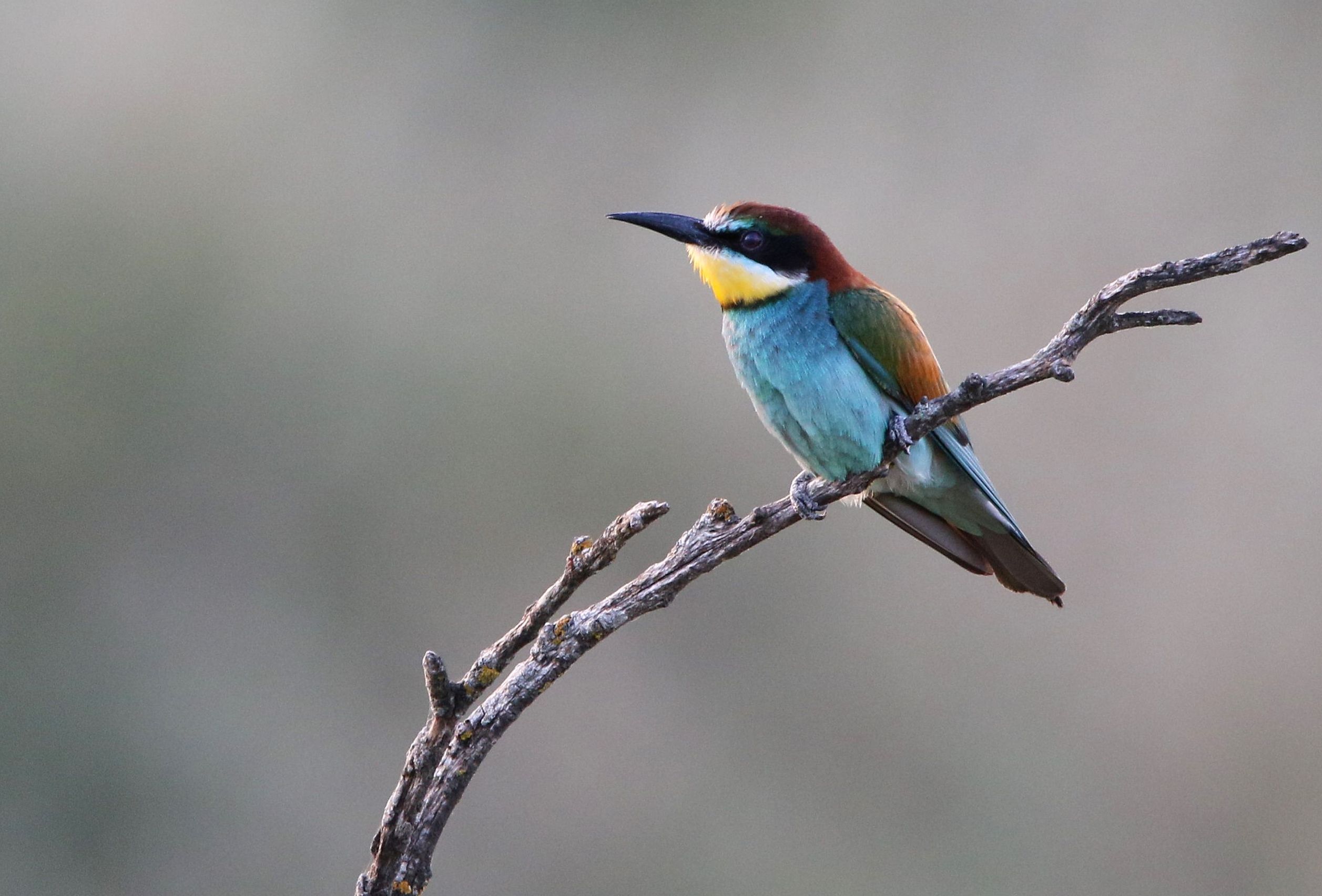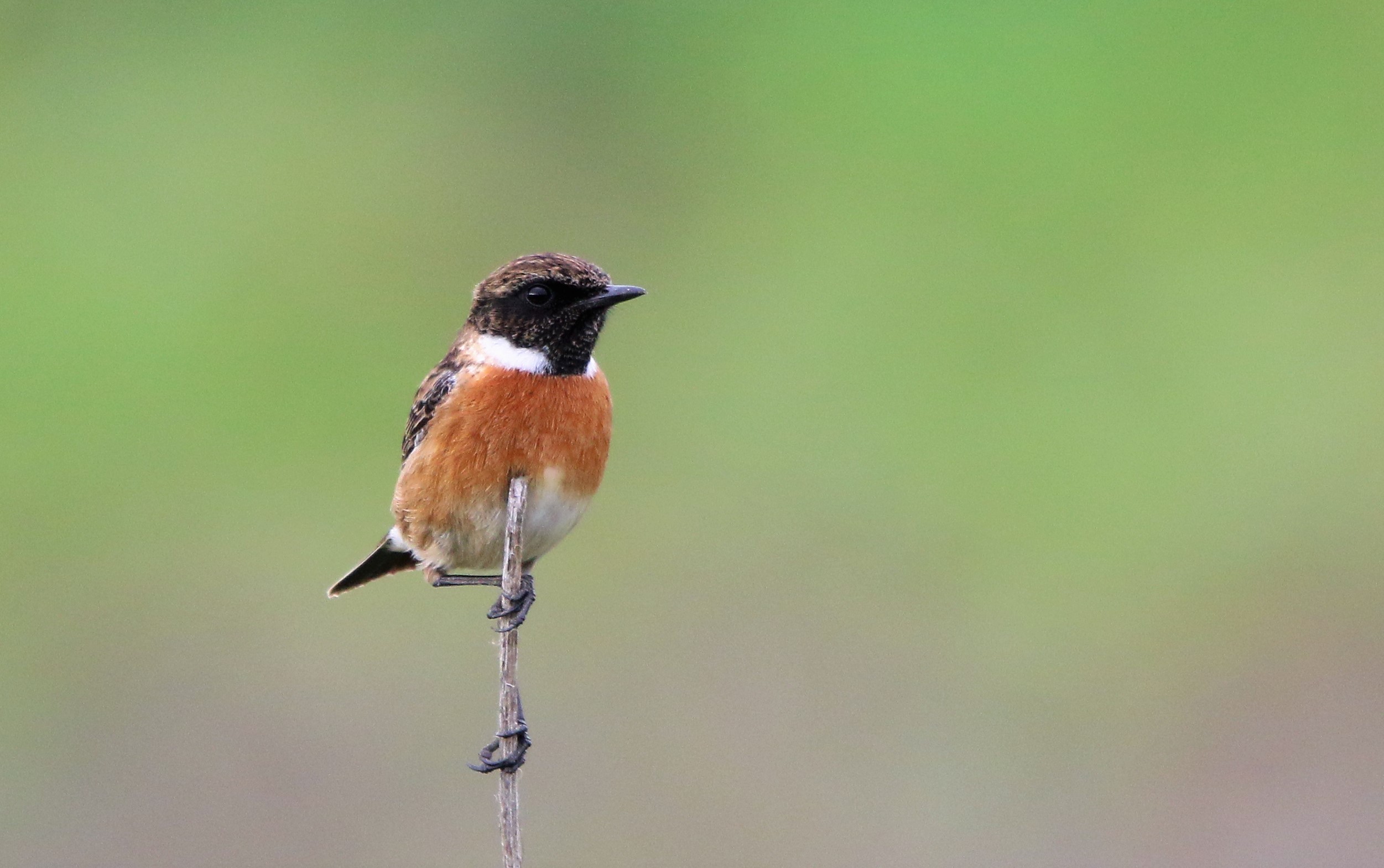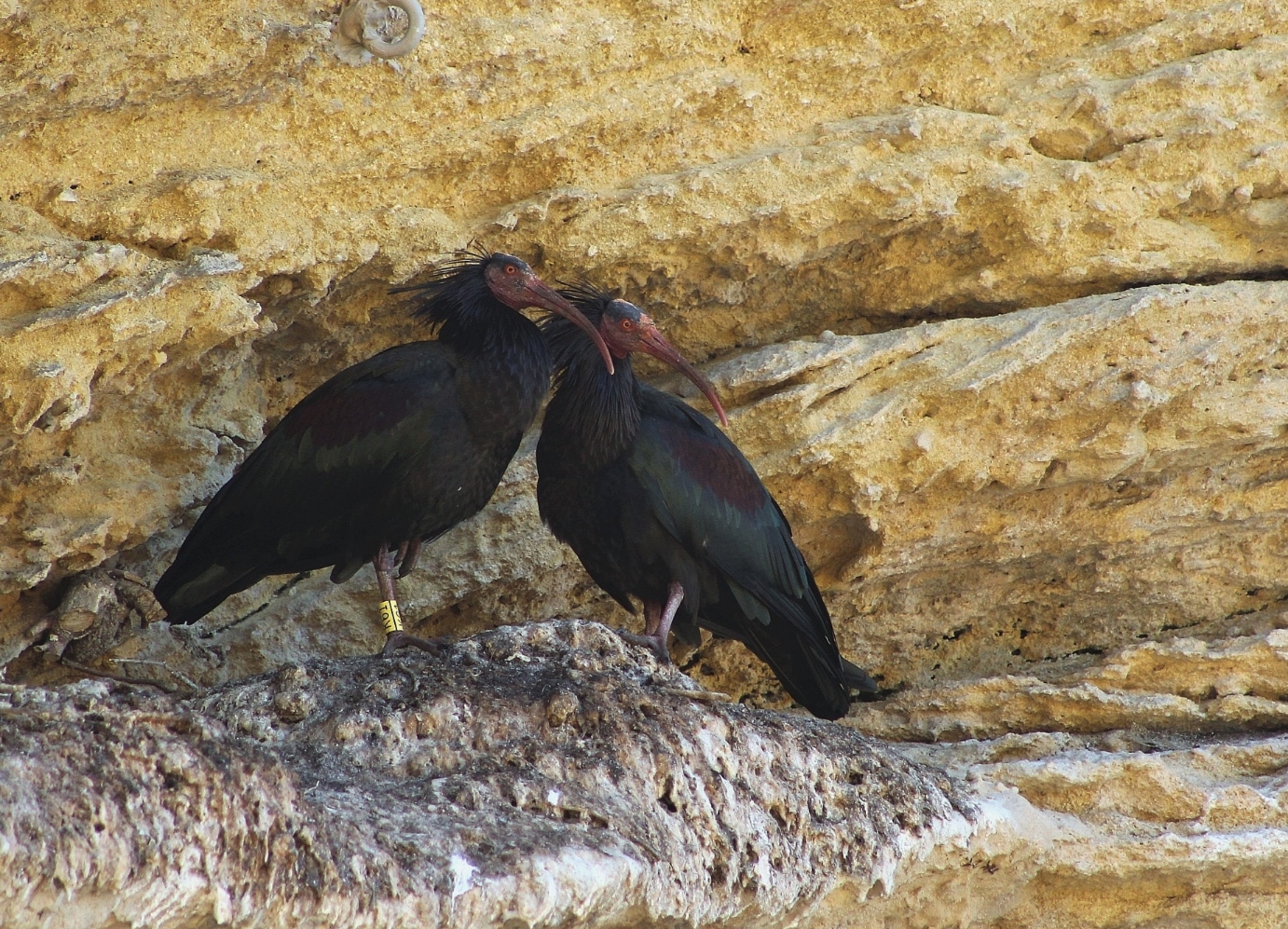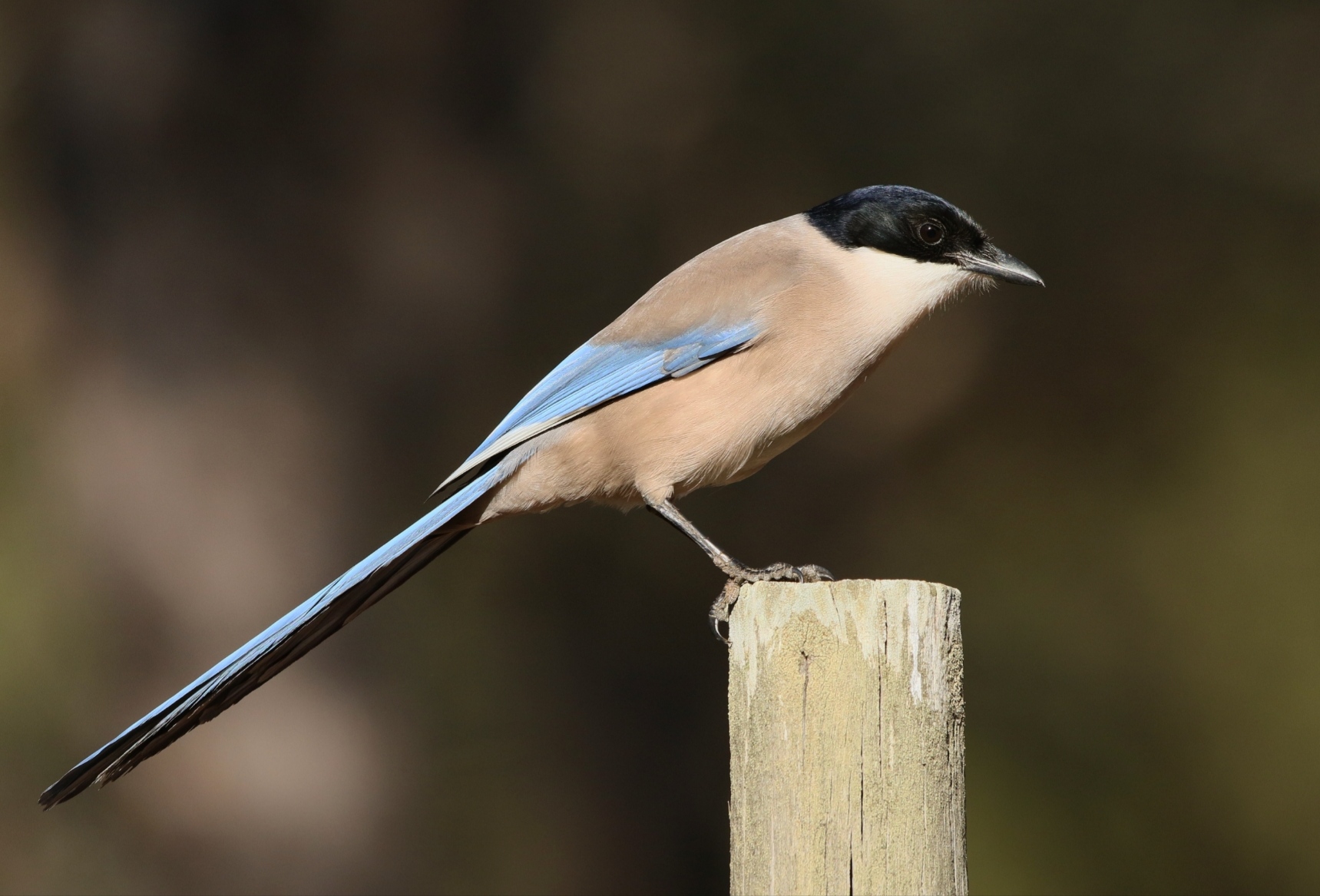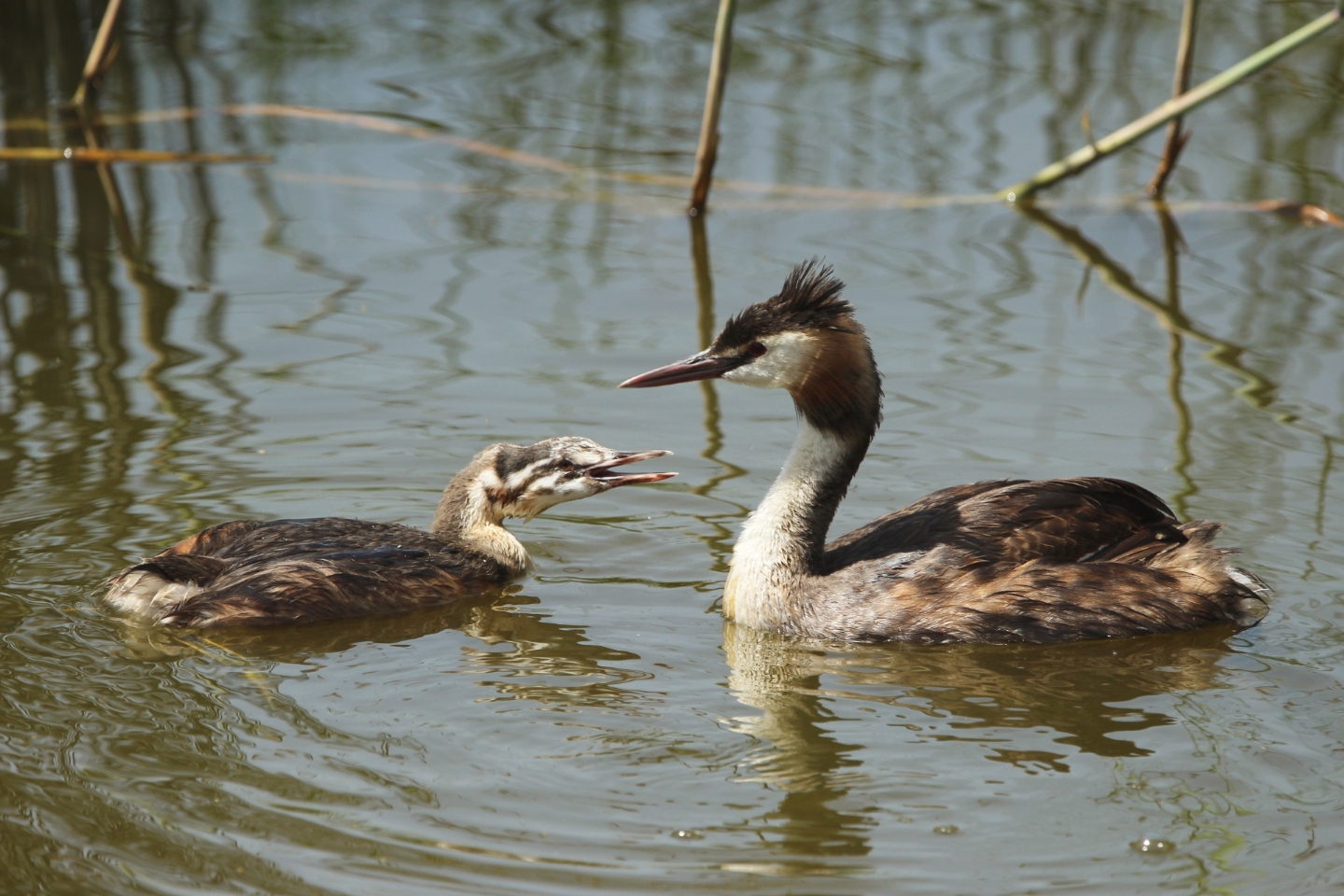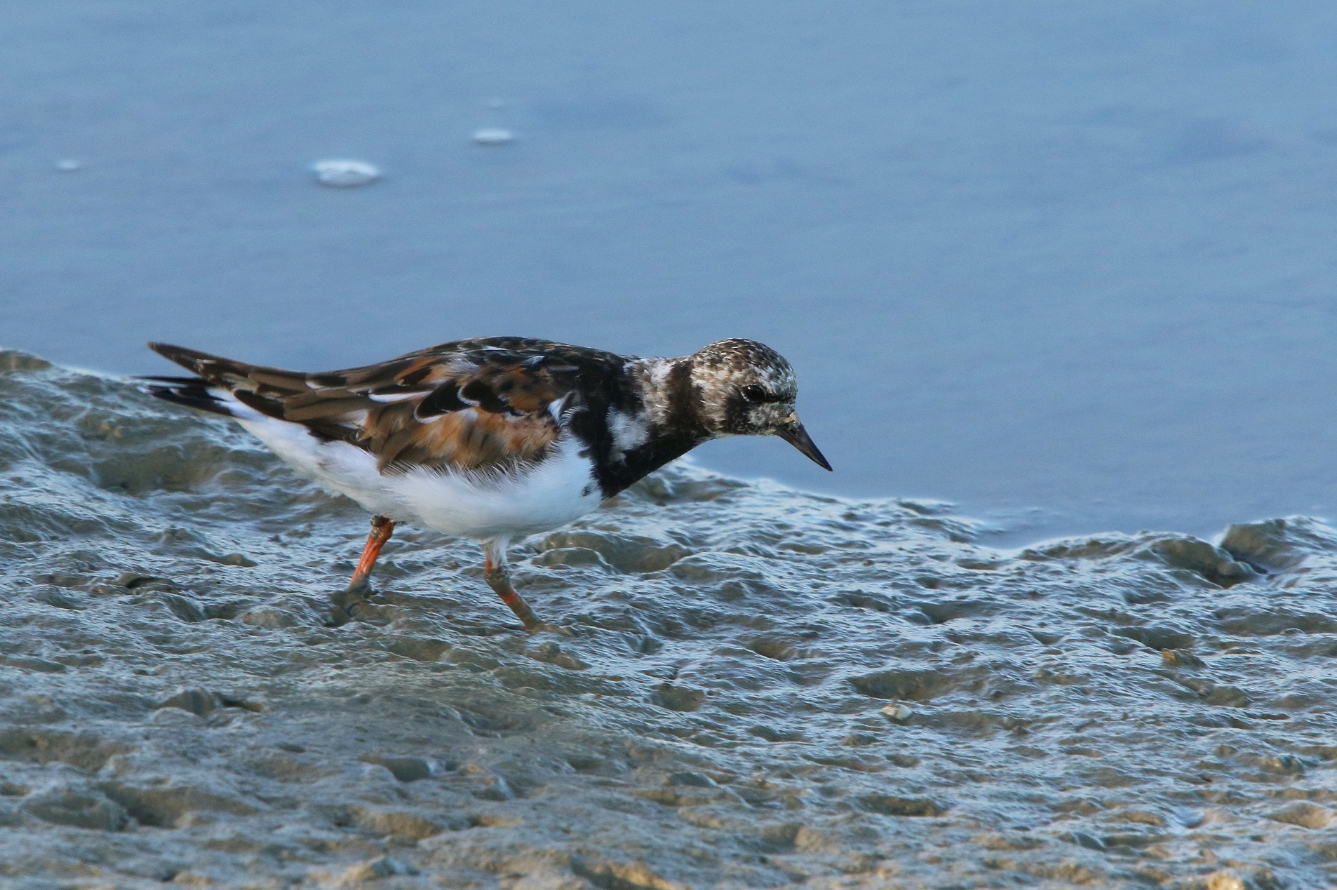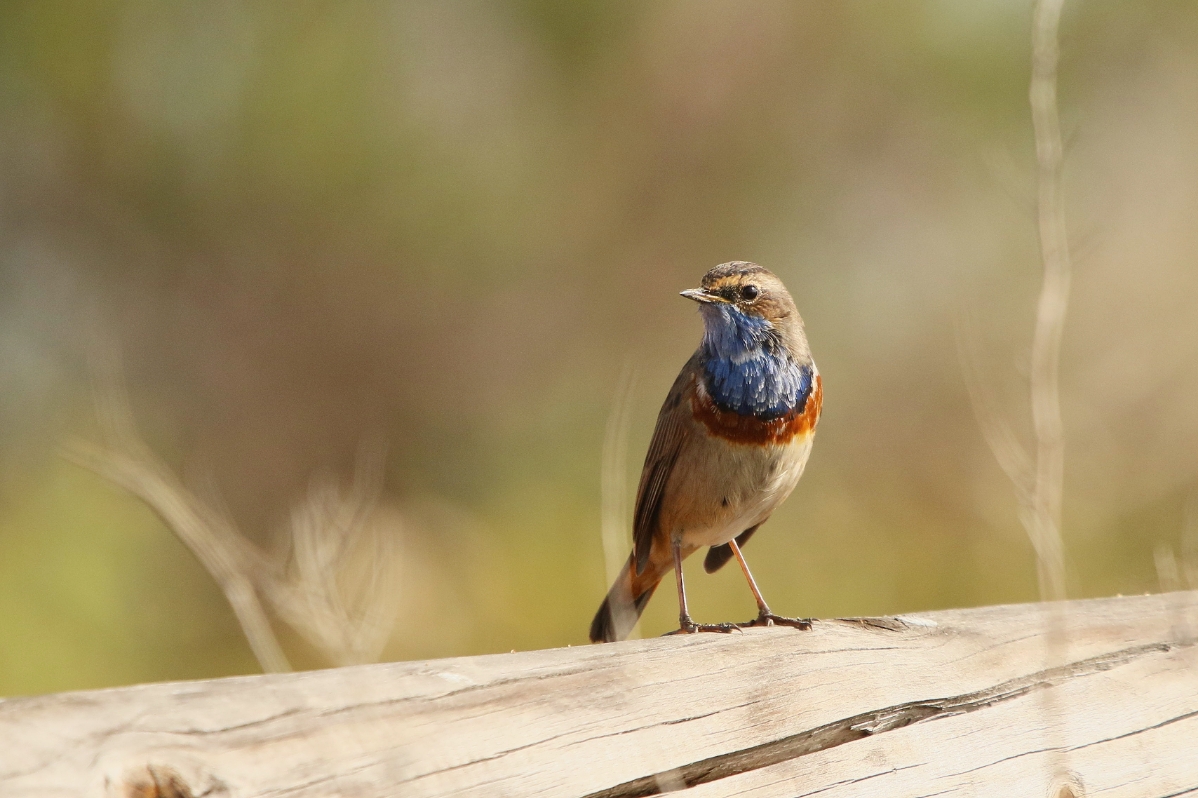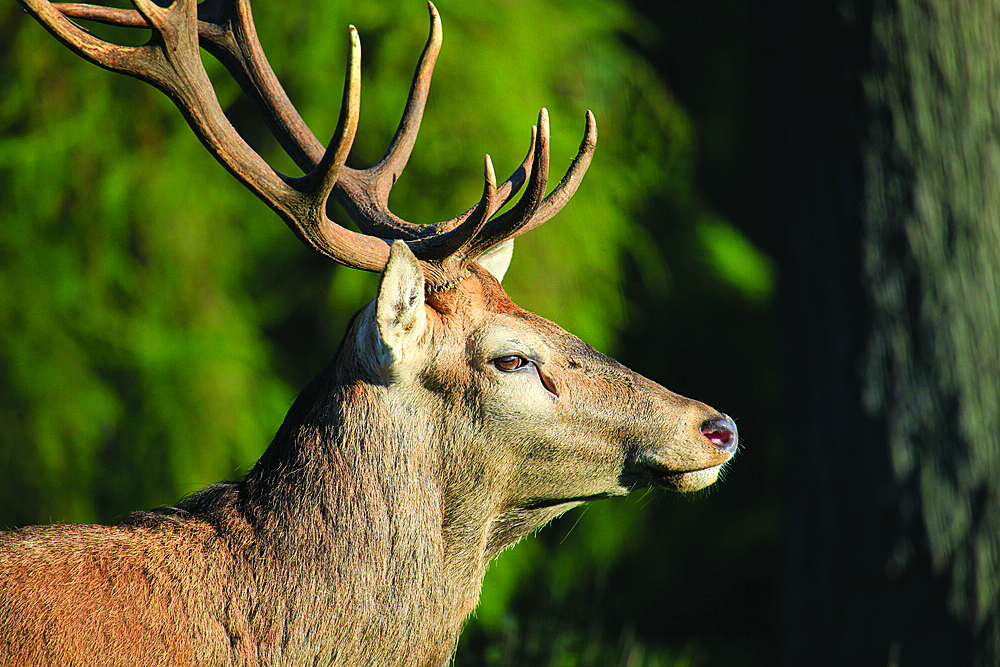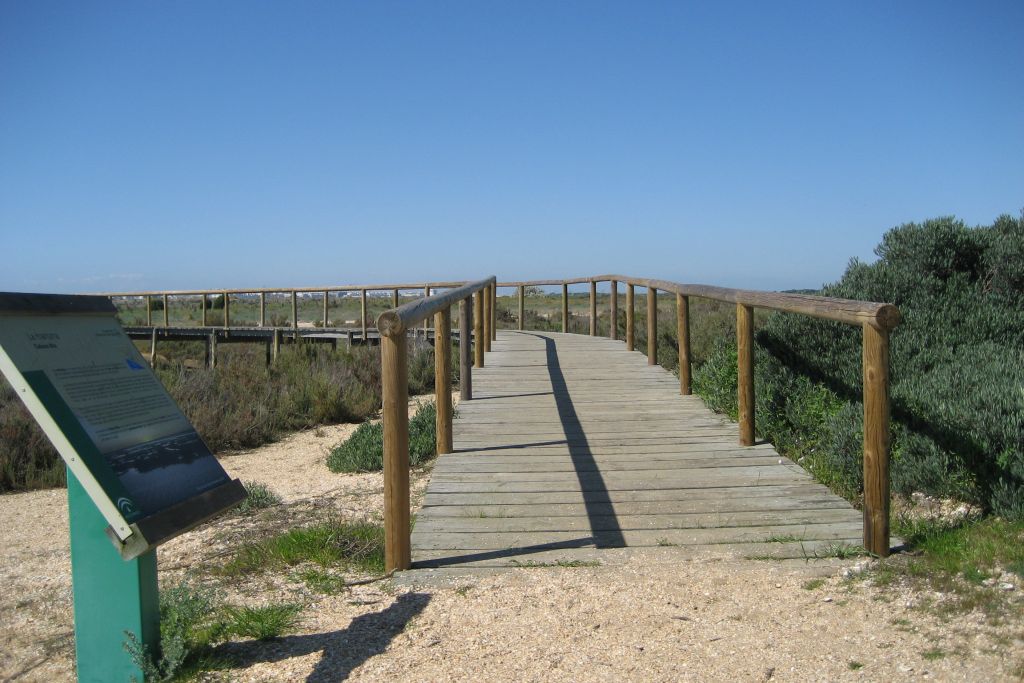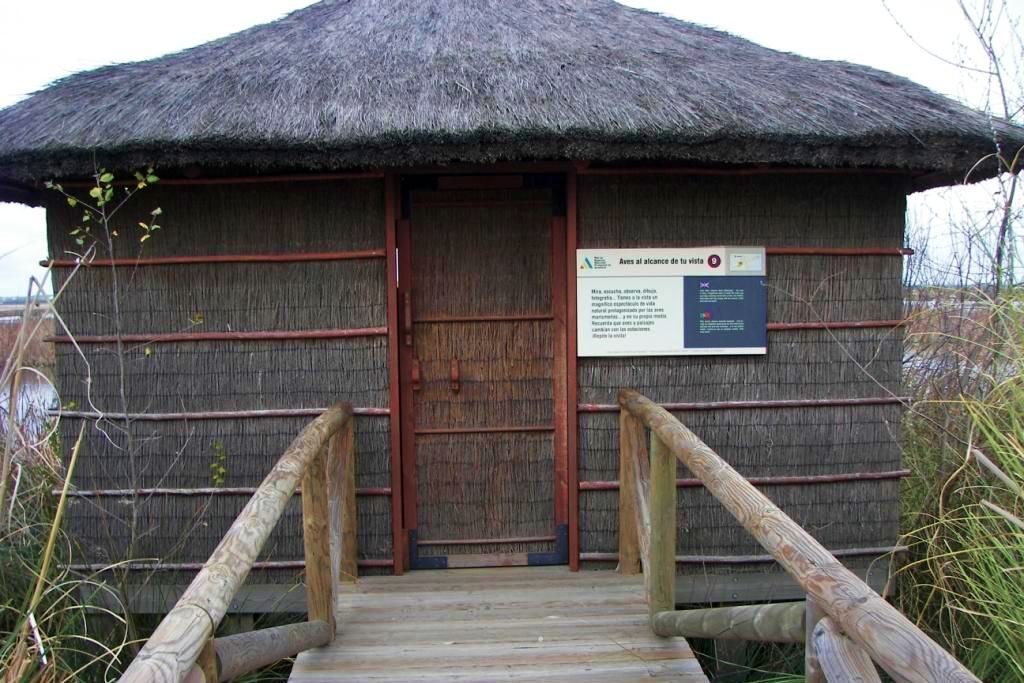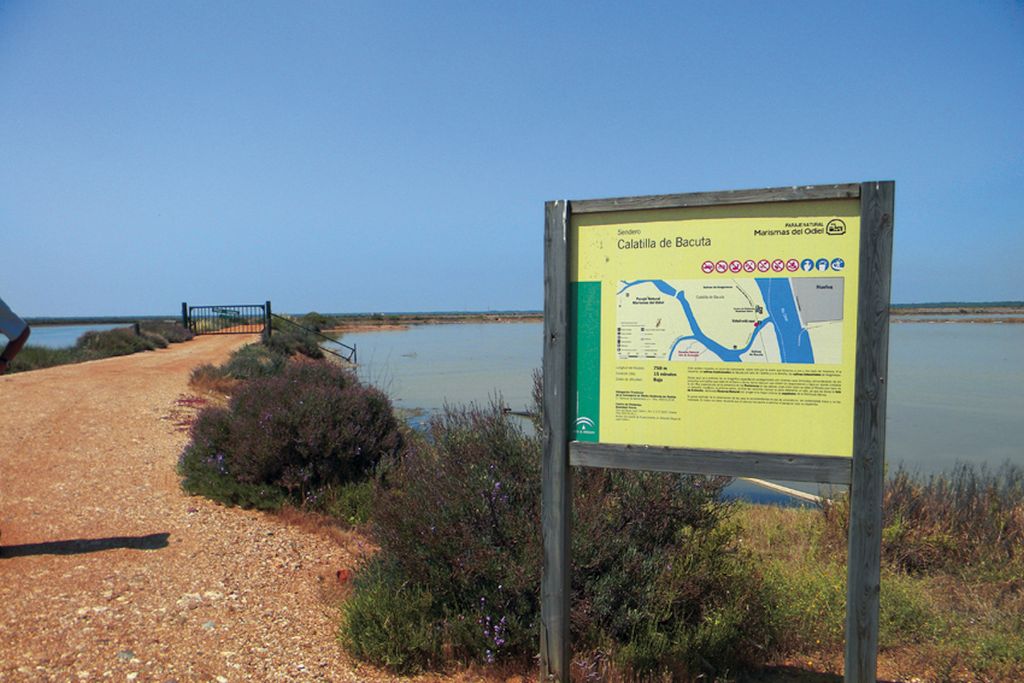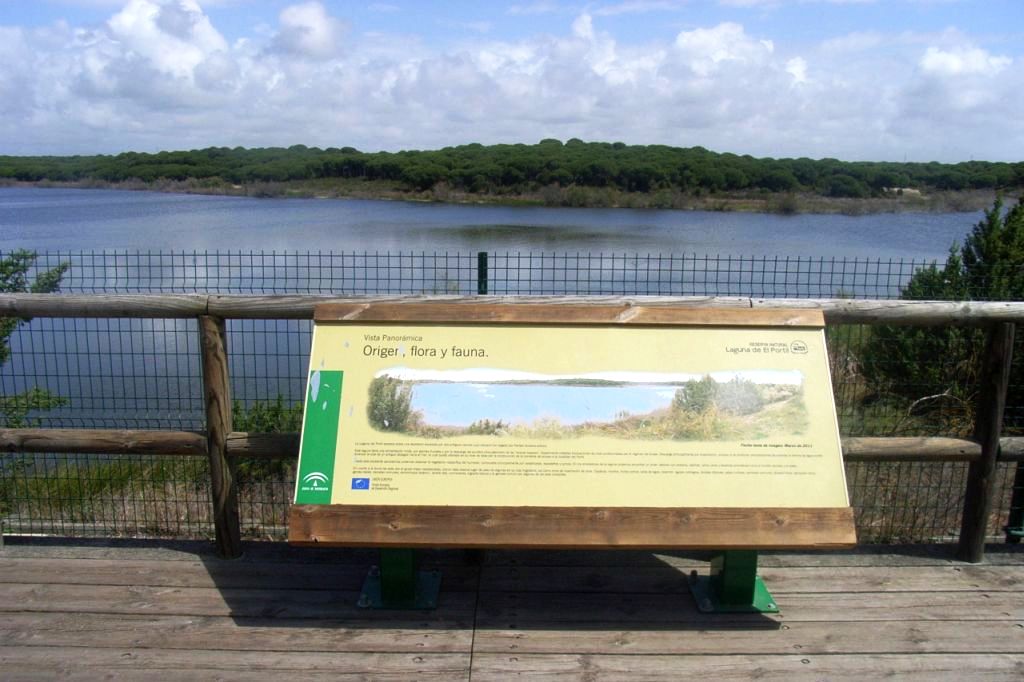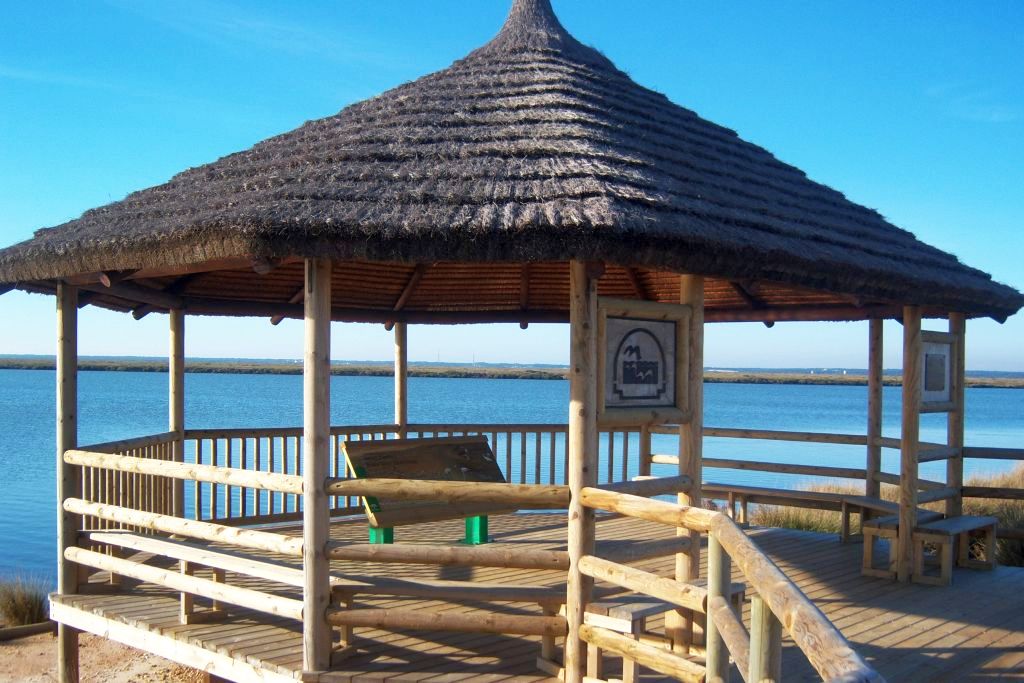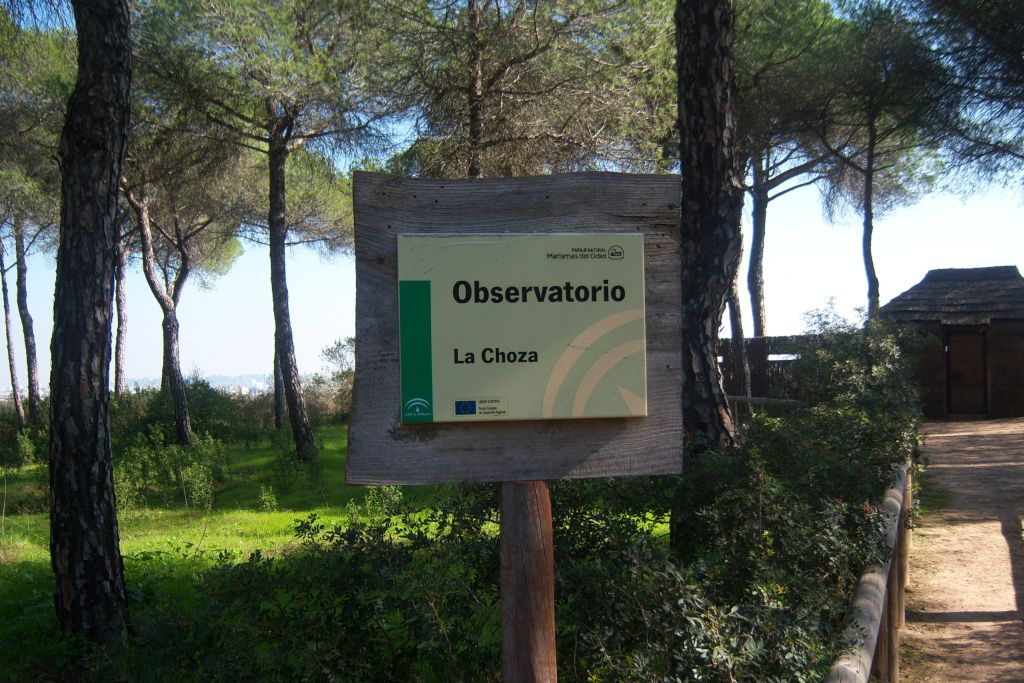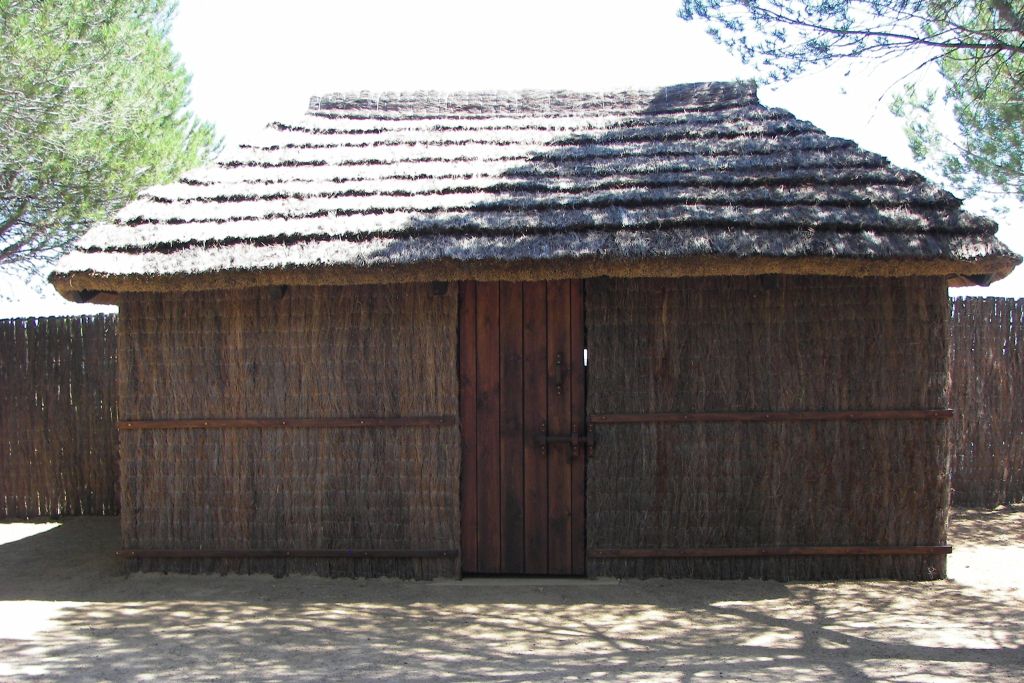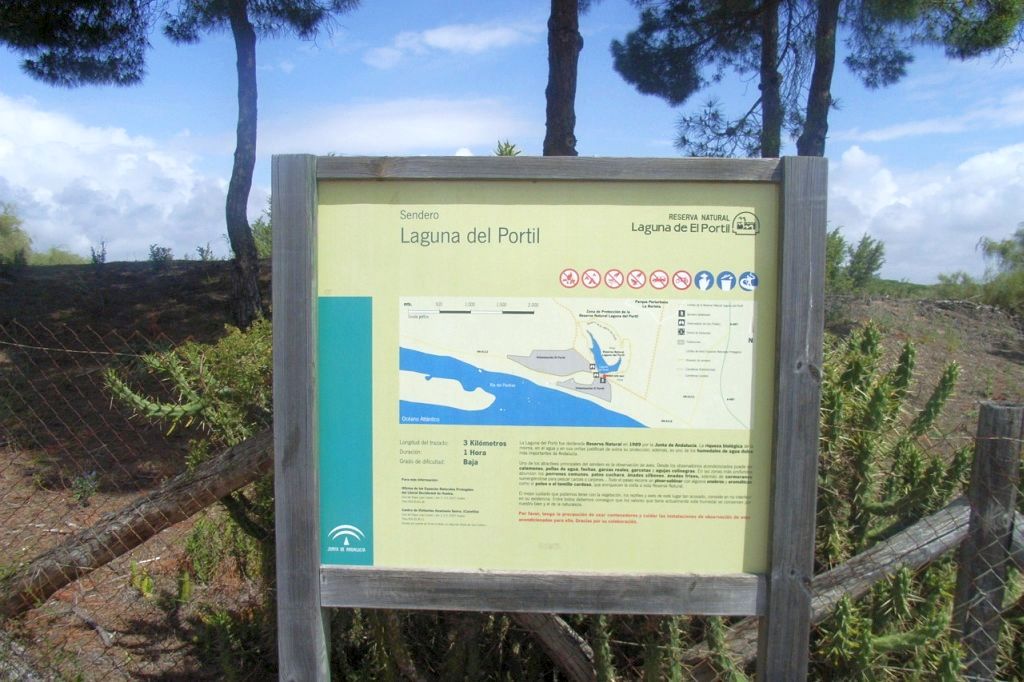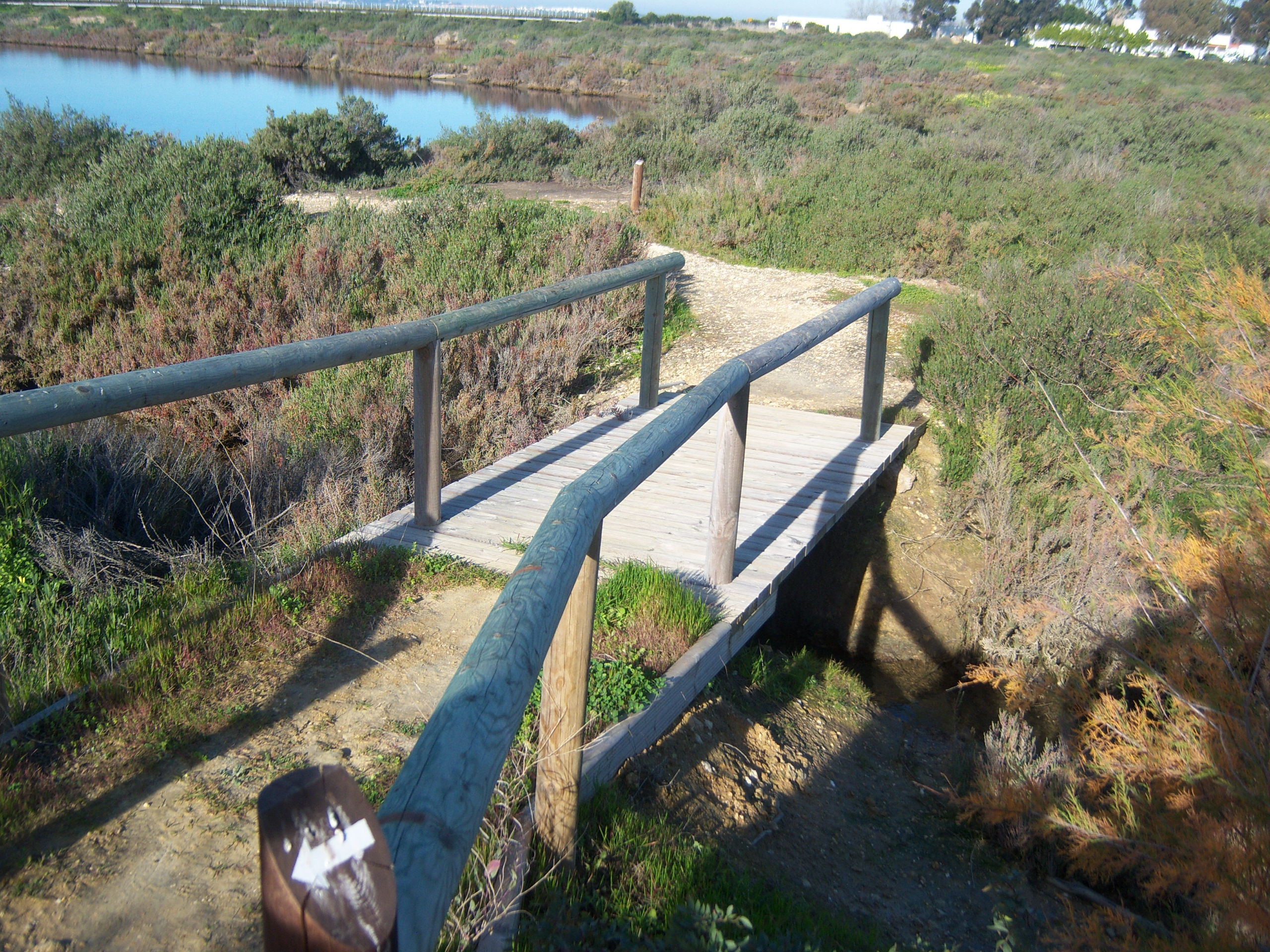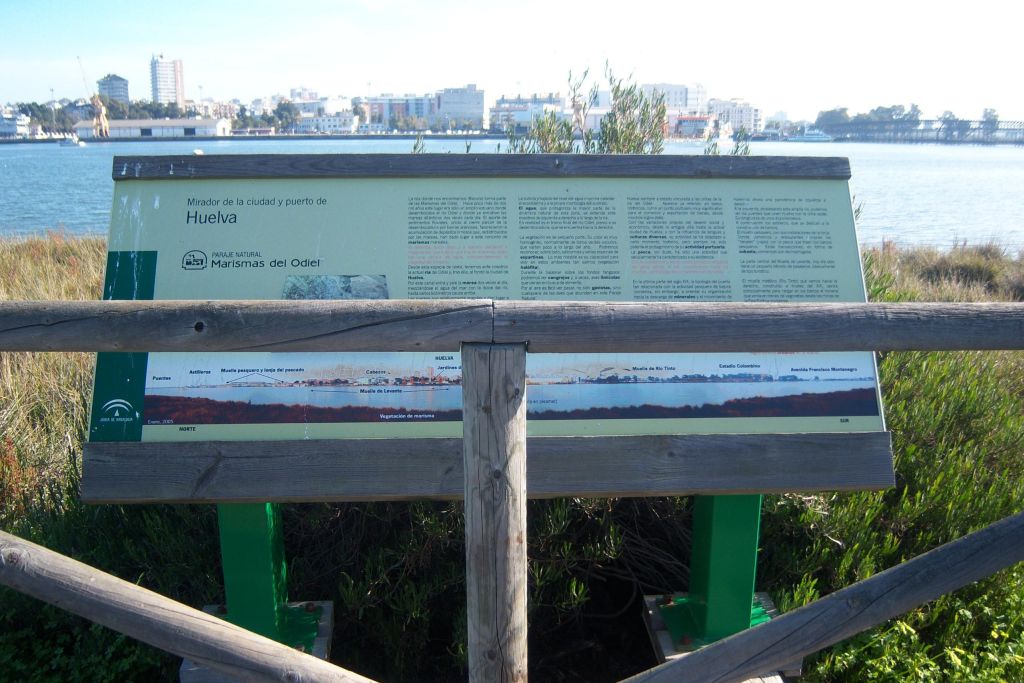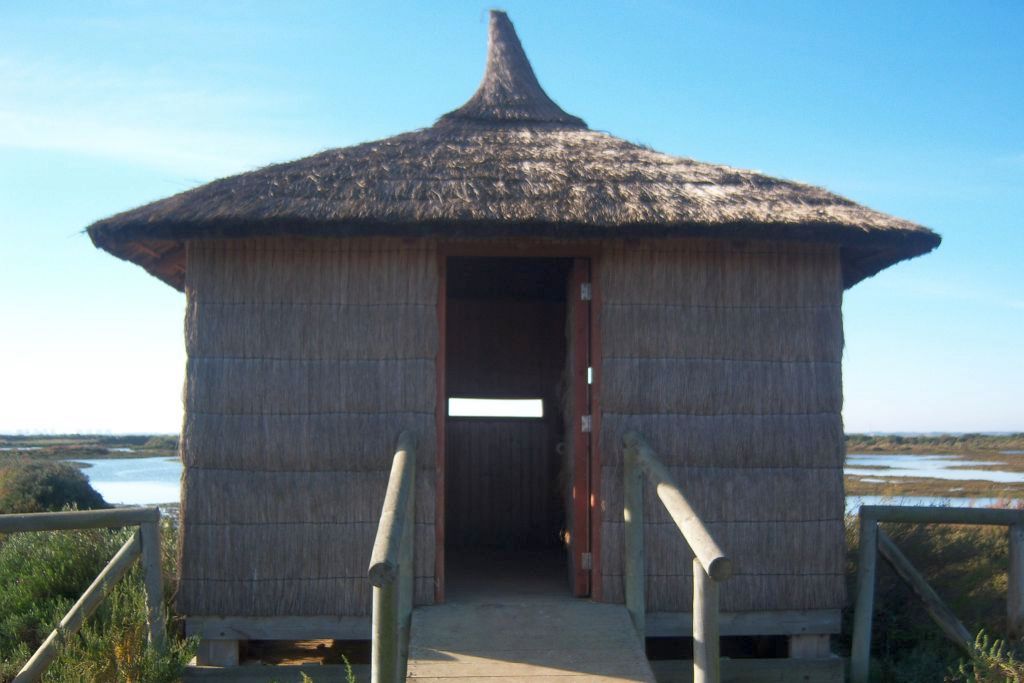OBSERVATION AND PHOTOGRAPH OF FAUNA - Ventana del Visitante
The geographical position of Andalusia in a situation at a crossroads between continents and oceans, as well as its strategic location in the Mediterranean, it has a rich and varied diversity of fauna , in some cases being species that have a good part in Andalusia of its distribution area or its major populations.
Due to the greater ease of bird sighting in general compared to other groups of vertebrates, ornithological tourism has become a activity that mobilizes millions of people around the world. In this sense, Andalusia is a benchmark in the European context due to the enormous variety of avifauna that we can see throughout the year in the different Andalusian ecosystems, including the marine environment and the birds of the same. Of the 350 species of birds recorded in Spain, more than 300 populate the Andalusian territory . And, in addition to the species that reside throughout the year, Andalusia is a wintering place for hundreds of thousands of birds from northern Europe and it is also the place of reproduction for many others from this case, from the African continent. In addition, many other species make stops in Andalusian enclaves during their migratory routes, and they can easily be seen in these passages.
Large raptors such as the Iberian imperial eagle , Bonelli's eagle , the osprey , the black vulture or recently, thanks to its successful reintroduction, the lammergeier , can be spotted in the Andalusian skies. Another attraction for the ornithologist in Andalusia is, without a doubt, the group of aquatic birds , whose observation and photography you can enjoy through the wide range of observatories for public use and marked trails that run through different wetlands and that you can consult in the associated facilities section. And finally, it should be noted that the Andalusian countryside are home to important populations of steppe birds of great tourist interest such as the bustard , the little bustard , the kestrel Lesser or Montagu's Harrier , among others.
In the case of mammals , the Iberian lynx is, without a doubt, one of the faunal gems that can be seen in Andalusian natural spaces, both in the Doñana-Aljarafe population center as in that of Sierra Morena. But it is far from the only one, being an almost obligatory appointment for the nature lover, enjoying the sound and visual spectacle of the deer bellowing every autumn in the Andalusian mountains. In addition, you can see other species of ungulates throughout the year such as fallow deer , ibex , roe deer or mouflon . All this without forgetting the possibility of embarking with one of the companies that operate in Andalusia for the sighting of cetaceans , mainly in waters of the Strait of Gibraltar .
Finally remember that if you want to enjoy this activity through a programmed route accompanied by professional guides, you can get more information on the web portal ecoturismoandaluz.es. Also in the "Companies" section of each of the files of the protected natural areas of this web portal you can consult the companies adhered to both the Andalusia Natural Park Brand and the European Charter of Sustainable Development , which operate in each space.
Take advantage of the equipment for observation and photography: viewpoints and observatories
In small groups you will enjoy more and leave less mark
It is preferable not to use sound claims or, if you do, do not use them insistently and never during playback
Avoid disturbing wildlife, getting too close or chasing it, especially during the breeding season. You could cause the loss of the young
Explain these good practices to others who do not follow them. May your way of acting be an example to follow
Find out beforehand if you need a permit or if there are temporary restrictions for conservation or security reasons.
Find out about the species you want to observe or photograph. Knowing about them, you will enrich your experience and can reduce discomfort
Do not massively share information on the location of threatened species
Do not harm the wild flora to get a better observation or photography
Go unnoticed and you will get a better observation or photograph
Remember that you need authorization if it is a question of threatened species of birds or mammals in the breeding season or if you use fixed positions for more than one day
If you use positions to hide (hide), choose artificial camouflage systems and try not to alter the environment by cutting branches or vegetation
Values the natural environment as a whole. Don't just focus on one target species






